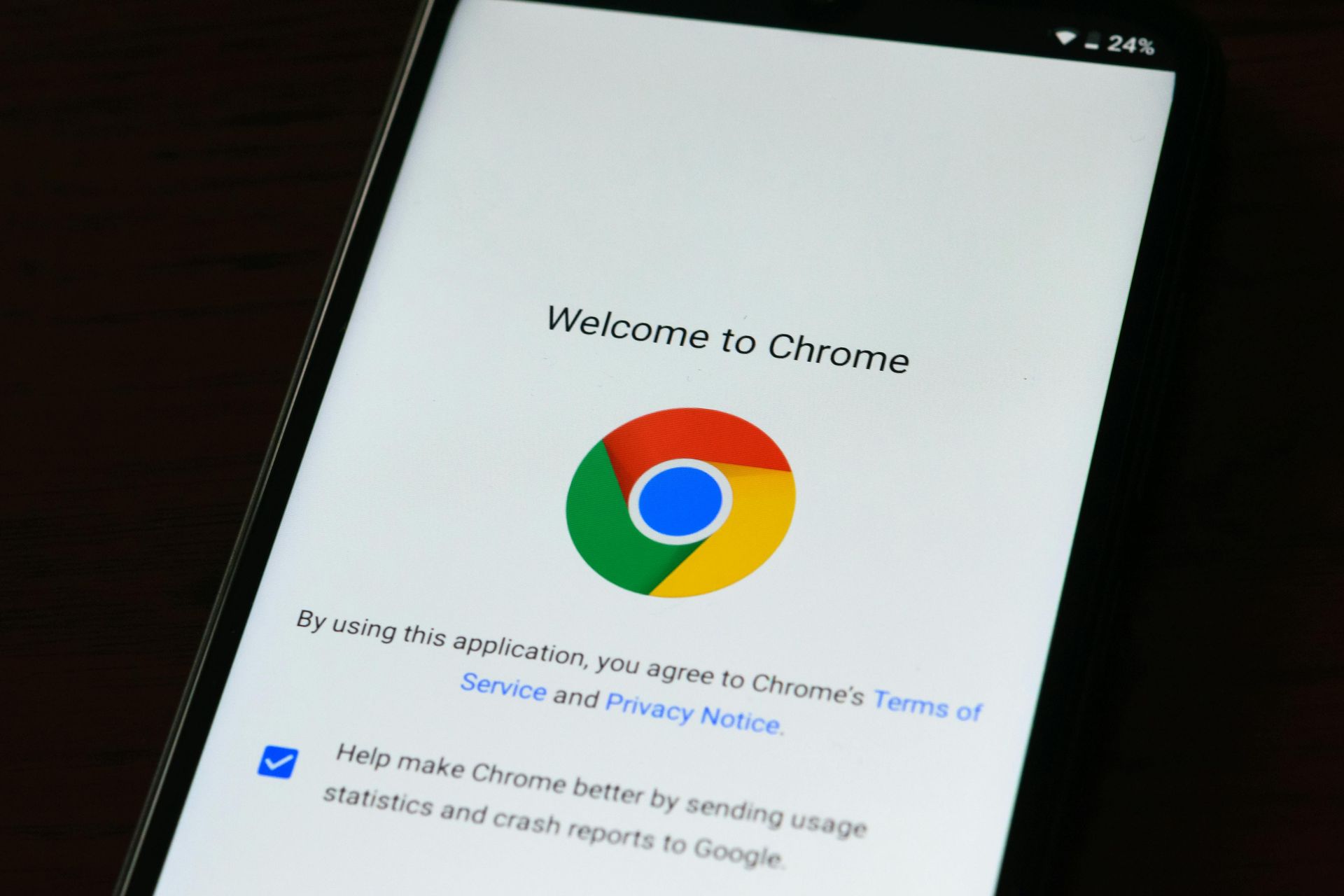Red Hat Breach: When Open Source Giants Become Closed Security Nightmares
A hacking group calling itself "the Crimson Collective" has claimed responsibility for what could be one of the most significant breaches in the open source world—the alleged theft of 570GB of compressed data from Red Hat's private GitHub repositories. Whilst the full scope remains unconfirmed, the attackers' claims paint a troubling picture that extends far beyond Red Hat itself, potentially compromising numerous enterprise customers across banking, telecommunications, and government sectors.

The Alleged Breach: Scale and Severity
According to messages posted on Telegram, the Crimson Collective claims to have accessed more than 28,000 internal Red Hat repositories, extracting hundreds of Customer Engagement Reports (CERs) spanning 2020 to 2025. For those unfamiliar with CERs, these aren't marketing brochures—they're detailed consultancy documents that typically contain:
- Architecture diagrams showing system designs
- Configuration details and settings
- Authentication tokens and credentials
- Network topology maps
- Implementation specifics for customer environments
In essence, CERs provide a comprehensive blueprint of a customer's IT infrastructure. In the wrong hands, they become an attacker's roadmap for targeted compromise.
The attackers have already published file listings and shared samples of the alleged stolen data. Materials reviewed by The Register include configuration snippets, database connection strings, and references to customer systems consistent with typical CER content.
The Downstream Threat
Perhaps most concerning is the Crimson Collective's claim that they've already used authentication tokens found within the repositories and reports to compromise Red Hat customers. In a brazen Telegram post, the group stated: "Btw gained access to some of their client's infrastructure as well, already warned them but yeah they preferred ignoring us."
This assertion—if true—transforms the breach from a Red Hat problem into a cascading supply chain compromise. Customers who trusted Red Hat with detailed infrastructure information may now find that trust weaponised against them. The authentication tokens mentioned could provide direct access to customer systems, bypassing traditional security controls entirely.
The implications are severe: organisations that engaged Red Hat for consultancy services may have unknowingly provided attackers with:
- Direct access credentials to their systems
- Detailed understanding of their security architecture
- Knowledge of potential vulnerabilities in their configurations
- Network maps showing critical assets and dependencies
Red Hat's Response—Or Lack Thereof
At the time of reporting, Red Hat has not responded to questions about whether a breach occurred, how attackers might have gained access, or whether customers have been notified of potential data exposure. The attackers claim they contacted Red Hat with an extortion demand but received only a generic "submit a vulnerability report" style response.
This silence is particularly troubling given the potential scale of customer impact. If the claims are accurate, Red Hat has a responsibility to notify affected customers immediately, allowing them to:
- Rotate compromised credentials
- Review access logs for suspicious activity
- Implement additional monitoring
- Assess whether their environments have been compromised
The longer notification delays, the more time attackers have to exploit stolen credentials and infrastructure knowledge.
The Open Source Paradox
Red Hat's situation highlights an interesting paradox in open source security. Much of Red Hat's source code is intentionally public—transparency is fundamental to the open source model. However, internal repositories can contain:
- Proprietary tooling and frameworks
- Test environments and staging systems
- Sensitive metadata about customer deployments
- Authentication credentials and tokens
- Customer-specific configurations
Whilst public source code repositories are designed for transparency, internal repositories containing customer data and credentials require the same security rigour as any closed-source organisation. The alleged breach suggests that distinction may not have been adequately maintained.
Compounding Security Concerns
This alleged breach arrives at a particularly unfortunate moment for Red Hat. The company is already managing a critical vulnerability in its OpenShift AI platform, rated 9.9 in severity. This flaw could allow a low-privilege user to escalate privileges and seize full control of a cluster's master nodes—a catastrophic failure in a container orchestration platform.
Red Hat has acknowledged the OpenShift vulnerability in a security advisory but has not publicly confirmed whether it has been exploited. The combination of this critical vulnerability and the alleged repository breach creates a troubling security picture for Red Hat customers.
What This Means for Enterprise Customers
Organisations that have engaged Red Hat for consultancy services face several immediate concerns:
1. Credential Compromise
If authentication tokens were indeed stored in repositories or CERs, customers must assume those credentials are compromised. This requires:
- Immediate rotation of all credentials shared with Red Hat
- Review of access logs for suspicious activity using potentially compromised credentials
- Assessment of whether compromised tokens provided access to sensitive systems
2. Infrastructure Exposure
CERs containing architecture diagrams and network maps provide attackers with detailed understanding of customer environments. This knowledge enables:
- Targeted attacks exploiting known configurations
- Identification of high-value systems and data
- Understanding of security controls and potential bypass methods
- Social engineering attacks using detailed infrastructure knowledge
3. Supply Chain Risk
This incident exemplifies the challenges of supply chain security. Organisations implement robust security controls on their own infrastructure, yet remain vulnerable through trusted partners. A breach at a consultancy firm or service provider can cascade to numerous customers simultaneously.
Broader Implications for the Open Source Ecosystem
Red Hat's position as a cornerstone of enterprise open source makes this alleged breach particularly significant. Countless organisations rely on Red Hat Enterprise Linux, OpenShift, and other Red Hat technologies for critical infrastructure. A loss of confidence in Red Hat's security practices could have ripple effects throughout the open source ecosystem.
The incident also raises questions about security practices at organisations bridging the open source and commercial worlds:
- How should internal repositories be segregated from public ones?
- What security controls are appropriate for customer engagement documentation?
- How should authentication tokens be managed in consultancy relationships?
- What notification obligations exist when customer data may be exposed?
The Extortion Factor
The Crimson Collective's public posting suggests this is an extortion attempt rather than simple data theft.
The group appears to be applying pressure by:
- Publishing proof of access through file listings and samples
- Claiming to have compromised downstream customers
- Asserting that Red Hat has ignored their contact attempts
- Implicitly threatening further disclosure
This playbook has become standard in modern ransomware and extortion operations. Rather than simply encrypting systems, attackers steal data first, providing leverage even if victims have robust backups. The threat of public disclosure—particularly of customer data—creates pressure to pay even when technical recovery is possible.
What Should Customers Do?
Organisations that have engaged Red Hat for consultancy services should take immediate protective actions even before official confirmation:
Assume Compromise:
- Rotate all credentials shared with or documented by Red Hat
- Review access logs for any suspicious activity
- Enable additional monitoring on systems Red Hat has accessed
- Conduct security assessments of infrastructure documented in CERs
Assess Exposure:
- Identify what information Red Hat had access to
- Determine which systems and data could be at risk
- Review architecture documentation shared with Red Hat
- Consider what attack vectors the stolen information might enable
Prepare Response:
- Brief security teams on the potential compromise
- Prepare incident response procedures for potential follow-on attacks
- Consider engaging security consultants for independent assessment
- Document findings for potential legal or regulatory requirements
The Verification Challenge
It's important to note that at time of writing, Red Hat has not confirmed the breach. Extortion groups sometimes exaggerate or fabricate claims to pressure victims. However, the published samples reviewed by The Register appear consistent with legitimate Red Hat customer engagement materials.
This creates a dilemma for customers: waiting for official confirmation before acting might provide attackers additional time to exploit stolen credentials, whilst acting on unconfirmed claims requires investment in potentially unnecessary security measures.
Given the severity of potential impact, the prudent approach is to assume the claims are accurate and take protective measures. If the breach is later disproven, the security improvements implemented will still provide value. If the breach is confirmed, early action may prevent compromise.
Lessons for the Industry
Whether or not the full extent of the Crimson Collective's claims proves accurate, this incident highlights several important security lessons:
Customer Data is Toxic: Organisations should minimise the customer data they collect, store, and retain. Every piece of customer information represents both a responsibility and a potential liability. CERs containing comprehensive infrastructure details create enormous risk if exposed.
Credentials Don't Belong in Repositories: Authentication tokens should never be stored in code repositories, even internal ones. Credential management requires dedicated secret management systems with appropriate access controls, rotation policies, and audit logging.
Supply Chain Security Requires Trust But Verify: Customers cannot simply trust service providers to maintain adequate security. Due diligence should include reviewing providers' security practices, particularly around customer data handling.
Transparency Serves Everyone: Delayed or absent breach notifications harm customers by denying them the information needed to protect themselves. Even when details remain uncertain, acknowledging incidents and providing preliminary guidance demonstrates commitment to customer security.
The Open Source Trust Question
Red Hat built its business on the foundation of open source transparency and community trust. This alleged breach strikes at the heart of that model. If organisations providing commercial open source solutions cannot adequately protect customer data, it undermines confidence in the entire ecosystem.
The open source community has always maintained that transparency improves security—"many eyes make all bugs shallow," as Linus's Law states.
However, this applies to code transparency, not necessarily to operational security practices. Red Hat's alleged breach demonstrates that open source organisations face the same security challenges as their proprietary competitors, with the added complexity of managing the boundary between public and private information.
Awaiting Confirmation
Until Red Hat provides official comment, the full extent and veracity of this alleged breach remain unconfirmed. However, the published evidence and the specific nature of the claims warrant serious attention from Red Hat customers and the broader IT community.
The Crimson Collective has demonstrated proof of access through file listings and samples. Whether this represents a catastrophic breach affecting thousands of customers or a more limited incident remains to be seen. What's certain is that Red Hat's response—or lack thereof—is being closely watched by customers, competitors, and the security community.
For an organisation built on transparency and community trust, silence in the face of serious breach allegations serves no one's interests. Customers deserve clear information about potential exposure so they can protect themselves. The open source community deserves transparency about what happened and how it will be prevented in the future.
As this situation develops, one thing is clear: when consultancy firms hold detailed blueprints of customer infrastructure, the security of those blueprints becomes absolutely critical. A breach at the consultant becomes a breach at every customer—transforming a single security failure into a cascading supply chain compromise.
Protect Your Organisation from Supply Chain Compromise
The alleged Red Hat breach demonstrates that your security is only as strong as your weakest partner. Supply chain attacks increasingly target service providers and consultants to reach multiple customers simultaneously.
At Altiatech, our cybersecurity experts help organisations implement robust supply chain security practices, from vendor assessment to credential management. We ensure that partnerships enhance rather than compromise your security posture.
Don't let trusted partners become security liabilities. Contact our team for expert guidance:
- Phone: +44 (0)330 332 5482
- Email: innovate@altiatech.com
Secure your supply chain before attackers exploit it.












